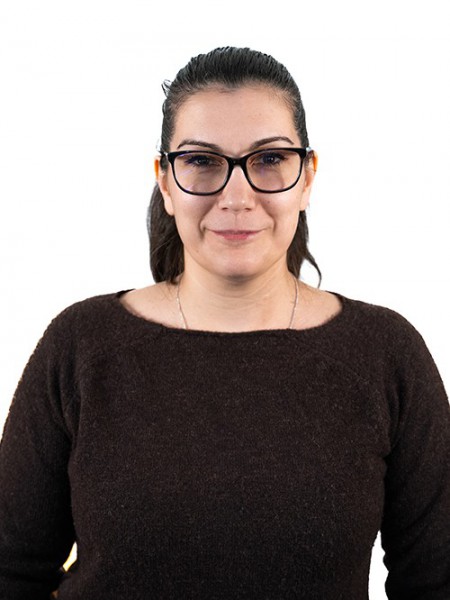resumo
The compatibility between nanocontainers and coating formulations is perhaps the last frontier in the quest for functional coatings. Sensing coatings for early metallic corrosion detection is an urgently needed technology by aeronautical companies to mitigate the costs of corrosion through continuous monitoring. In this work, we revisit phenolphthalein encapsulated silica nanocapsules, which were incorporated into a water-based lacquer, resulting in a novel corrosion sensing coating for aluminum alloy 2024 with improved functionality and standard performance. The ability of the coatings to detect corrosion by color change was investigated by immersion and salt-spray tests. During these tests, it was clearly demonstrated that encapsulation of the active compound is essential to obtain a functional coating, since the shell of the silica nanocapsules minimizes the detrimental interaction of the active compound with the coating formulation. The compatibility between nanostructured additives and coatings is almost never taken into consideration in the literature. Herein this aspect evidences the positive effects of active agent encapsulation, which is explored in terms of reactivity, viscoelastic properties, curing, thermal stability, release and leaching studies, hardness, mechanical properties and corrosion resistance. Computer simulations based on the density functional theory and periodic structural models were performed to unveil the interaction mode of phenolphthalein with the metallic surface.
palavras-chave
ALUMINUM; INHIBITION; PROTECTION; DFT; COMBINATION; COPPER; FILMS; PH
categoria
Engineering
autores
Galvao, TLP; Sousa, I; Wilhelm, M; Carneiro, J; Oprsal, J; Kukackova, H; Spacek, V; Maia, F; Gomes, JRB; Tedim, J; Ferreira, MGS
nossos autores
Grupos
G3 - Materiais Eletroquímicos, Interfaces e Revestimentos
G4 - Materiais Renováveis e Economia Circular
G6 - Materiais Virtuais e Inteligência Artificial
agradecimentos
This work was developed in the scope of the project CICECO - Aveiro Institute of Materials, POCI-01-0145-FEDER-007679 (Ref. FCT UID/CTM/50011/2013), financed by national funds through the FCT/MEC and when applicable co-financed by FEDER under the PT2020 Partnership Agreement. This work has received funding from the European Union's Horizon 2020 research and innovation programme under the Marie Sklodowska-Curie grant agreements No 645662. It was also financed in the framework of the project reference PTDC/QEQQFI/4719/2014, Project 3599 - Promover a Producao Cientifica e Desenvolvimento Tecnologico e a Constituicao de Redes Tematicas (3599-PPCDT) and FEDER funds through COMPETE 2020, Programa Operacional Competitividade e Internacionalizacao (POCI). The authors also thank financial support from FCT and COMPETE (Programa Investigador FCT). JT thanks FCT for the research grant IF/00347/2013.








